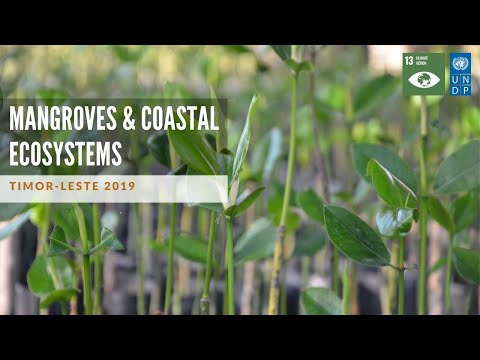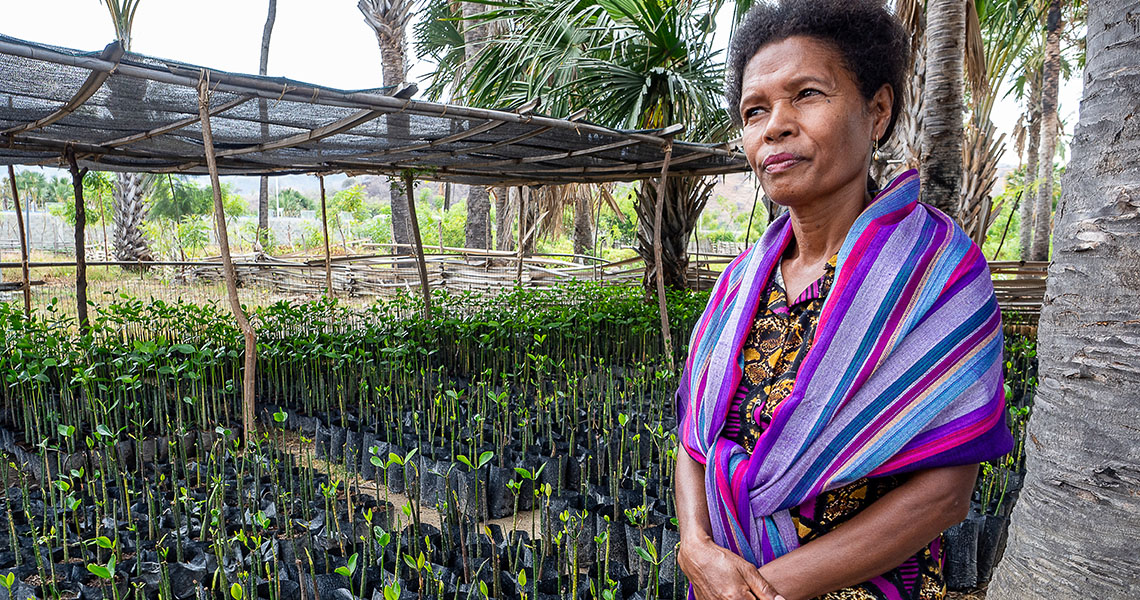
Timor-Leste has approximately 747km of coastline with an estimated two-thirds of the population living in coastal areas (over 600,000 people residing in coastal and lowland areas at an elevation up to 500m). Communities are therefore highly vulnerable to climate change-induced hazards and disasters such as rising sea levels, inundation, erosion, salt-water intrusion and storm surges as well as drought.
The objective of this project (2016-2020) is to strengthen the resilience of coastal communities by the introduction of nature-based approaches to coastal protection. It includes a focus on mangroves and coastal wetlands ecosystem protection and restoration - natural barriers between the sea and coastal communities - while also strengthening alternative livelihoods options and integrated approaches to coastal adaptation. Raising public awareness about the importance of coastal ecosystems in shoreline protection and climate change is an integral part of the programme.
The lead partner in the project is the Ministry of Agriculture and Fisheries. As coastal management is cross-sectoral, various ministries are also engaged in implementation, as well as development partners, international and local non-governmental organisations, civil society organisations, academia and the private sector.
- National
- National Governments
- United Nations Development Programme (UNDP)
- United Nations Development Programme (UNDP)
- Global Environment Facility (GEF)
- Republica Democratica De Timor-Leste
Expected outcomes
1.1: A comprehensive shoreline management plan developed and budgeted for the entire coast of Timor Leste (as part and a direct contribution to NAP) ($220,000)
1.2: Tibar Bay coastal protection and resilience strategy adopted and budgeted as part of the Port construction and management plan ($180,000)
1.3: Technical skills (through specialized trainings), hardware (at least two sets of hydro-meteorological stations and wave gauges), methods (economic valuation and cost-benefit analysis) and software (e.g. InVest) introduced to monitor climate change induced coastal change and plan for management responses ($650,000)
1.4: Forestry and Fisheries Directories under the Ministry of Agriculture and Fisheries have their roles, coordination planning mechanisms clarified and enforced for improved management of mangrove and other critical coastal habitats (as emerges from NAP consultation process) ($50,000).
2.1: At least 1000 ha of degraded mangrove areas rehabilitated through natural recruitment and restoration of hydrological regimes both in the northern and southern coasts with a direct employment of local coastal communities; - based on hydrological study, restoration of mangrove hydrological support system (i.e. pond and marchlands); - based on mangrove inventory and GIS mapping of coastal changes from SLR and inundation cycle and extent, implement mangrove rehabilitation on the identified priority segments; - establish mangrove nurseries and maintenance protocols under the MAF and with direct participation / employment of coastal communities, particularly women ($2,520,000)
2.2: Mangrove-based, diversified livelihoods / social businesses (e.g. silvo-fisheries, fuel wood plantations, agroforestry, see grass cultivation, salt production etc) established in at least 10 coastal sucos benefitting at least 20,000 people and empowering women ($1,400,000);2.3: at least 10 suco development plan include mangrove-based livelihood support measures ($80,000)
3.1: Upstream watershed replantation demonstrate risk reduction, (including reduction of excessive sediment loads) to downstream coastal waterways and areas ($600,000)
3.2: Coastal wetland restoration and artificial groundwater recharge plans developed and initiated to increase storm water absorption capacity and buffer seawater intrusion ($600,000)
3.3: Based on economic valuation study of ecosystem services, infrastructure offset for coastal protection scheme (and other financial mechanisms, such as payment for ecosystem services - PES) devised to secure financial resources for coastal resilience ($400,000)
- Image
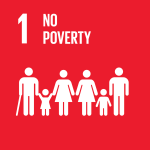
- Image
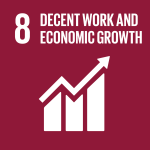
- Image
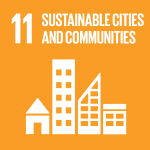
- Image

- Image
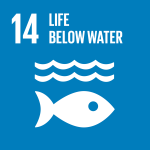
- Image
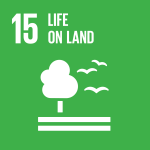
'From mangrove to mountain: building coastal resilience in Timor-Leste' by UNDP Climate on Exposure, May 2020.
'UNDP supports private-public partnership for mangrove restoration', UNDP Timor-Leste, March 2018
'UNDP launches “One Child One Fruit Tree” campaign', UNDP Timor-Leste, January 2018
'Youth plant over 1,000 mangrove seedlings in Metinaro', UNDP Timor-Leste, December 2017
'Community-Based Coastal/Mangrove Ecosystem Restoration: South-South Experience Sharing Visit between Timor Leste and Bangladesh', UNDP Timor-Leste, November 2016.
1.1: A comprehensive shoreline management plan developed and budgeted for the entire coast of Timor Leste (as part and a direct contribution to NAP) ($220,000)
1.2: Tibar Bay coastal protection and resilience strategy adopted and budgeted as part of the Port construction and management plan ($180,000)
1.3: Technical skills (through specialized trainings), hardware (at least two sets of hydro-meteorological stations and wave gauges), methods (economic valuation and cost-benefit analysis) and software (e.g. InVest) introduced to monitor climate change induced coastal change and plan for management responses ($650,000)
1.4: Forestry and Fisheries Directories under the Ministry of Agriculture and Fisheries have their roles, coordination planning mechanisms clarified and enforced for improved management of mangrove and other critical coastal habitats (as emerges from NAP consultation process) ($50,000).
2.1: At least 1000 ha of degraded mangrove areas rehabilitated through natural recruitment and restoration of hydrological regimes both in the northern and southern coasts with a direct employment of local coastal communities; - based on hydrological study, restoration of mangrove hydrological support system (i.e. pond and marchlands); - based on mangrove inventory and GIS mapping of coastal changes from SLR and inundation cycle and extent, implement mangrove rehabilitation on the identified priority segments; - establish mangrove nurseries and maintenance protocols under the MAF and with direct participation / employment of coastal communities, particularly women ($2,520,000)
2.2: Mangrove-based, diversified livelihoods / social businesses (e.g. silvo-fisheries, fuel wood plantations, agroforestry, see grass cultivation, salt production etc) established in at least 10 coastal sucos benefitting at least 20,000 people and empowering women ($1,400,000);2.3: at least 10 suco development plan include mangrove-based livelihood support measures ($80,000)
3.1: Upstream watershed replantation demonstrate risk reduction, (including reduction of excessive sediment loads) to downstream coastal waterways and areas ($600,000)
3.2: Coastal wetland restoration and artificial groundwater recharge plans developed and initiated to increase storm water absorption capacity and buffer seawater intrusion ($600,000)
3.3: Based on economic valuation study of ecosystem services, infrastructure offset for coastal protection scheme (and other financial mechanisms, such as payment for ecosystem services - PES) devised to secure financial resources for coastal resilience ($400,000)
- 5,330 community members from seven municipalities have participated in community sensitization and consultation on the importance of mangroves and coastal wetlands protection and conservation (an ecosystem-based approach) in climate change adaptation.
- 2,155 children in 14 primary and secondary schools participated in educational activities on mangrove and wetland restoration targeting school children as a means of also engaging the broader community.
- As part of a youth symposium on environment, mangroves and coastal ecosystem conservation, 740 youth participated in different activities including planting mangroves and multipurpose trees, as well as cleaning and educational activities, among others.
- 503 national experts provided trainings on biophysical coastal vulnerability assessment and prioritization of climate change adaptation options; assessment and monitoring of mangrove and coastal wetlands using drones; community based mangroves restoration techniques and financial and project management.
- Finalisation of economic analysis of mangrove supportive livelihoods options for Coastal communities of Timor Leste, Assessment Report: Biophysical, Ecological and Socio-Economic Conditions of Mangroves Ecosystem of Timor Leste, Comprehensive coastal vulnerability assessment (CVA), Rapid assessment of shoreline and oceanography of Timor Leste: recommendation of viable seal level Rise and Tidal gauging instruments, Mangrove Restoration Guideline for Timor-Leste (English, Tetun and Bahasa Indonesia), Field Guideline for Monitoring and Evaluation of Mangrove Ecosystem Restoration in Timor-Leste, bi-monthly newsletters, leaflets, booklets and quarterly reports.
- 30,550 seedlings of different species mangroves prepared and 7,860 mangroves planed in five sites.
- Through a community based participatory approach 875 ha of mangroves areas and wetlands fenced in 12 sites across the country.
- Four sucos’ communities launched comprehensive mangroves and environmental protection customary law, ‘tata-bandu'.
- 620 poor households, of which 264 are women (3,720 individuals) in seven districts were organized into groups and received business skill and technical trainings and currently engaged in fishery, fattening, horticulture, handicraft, farming, and agroforestry activities.
- 16,845 multipurpose trees such as jackfruit, orange, papaya, mahogany, citrus, sandal wood and coconut seedlings prepared by community and implementing NGOs in all target municipalities which will be planted on degraded hills, coastline and community farms and home yards as a mechanism of reducing erosion, land degradation and enhancing food security.
- Keti ChachibaiaRegional Technical Advisor

